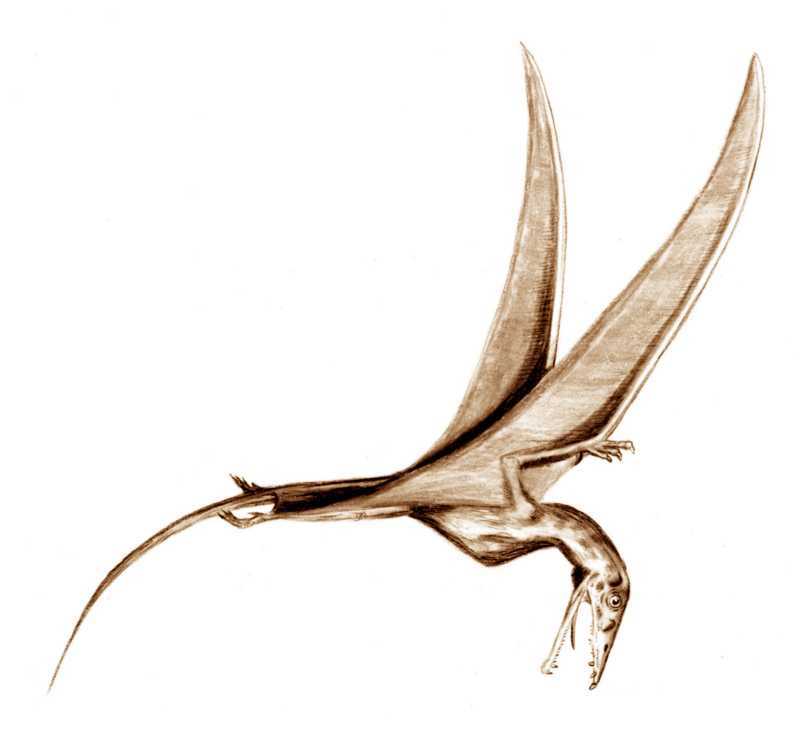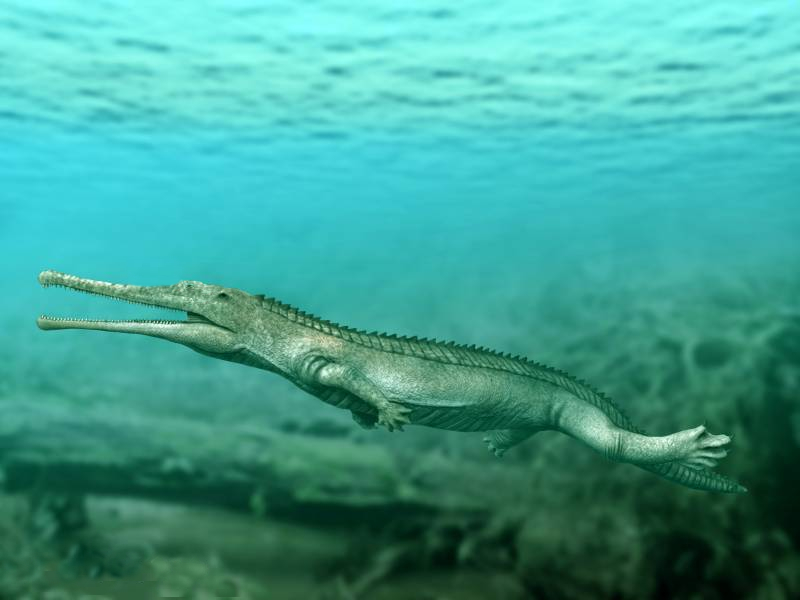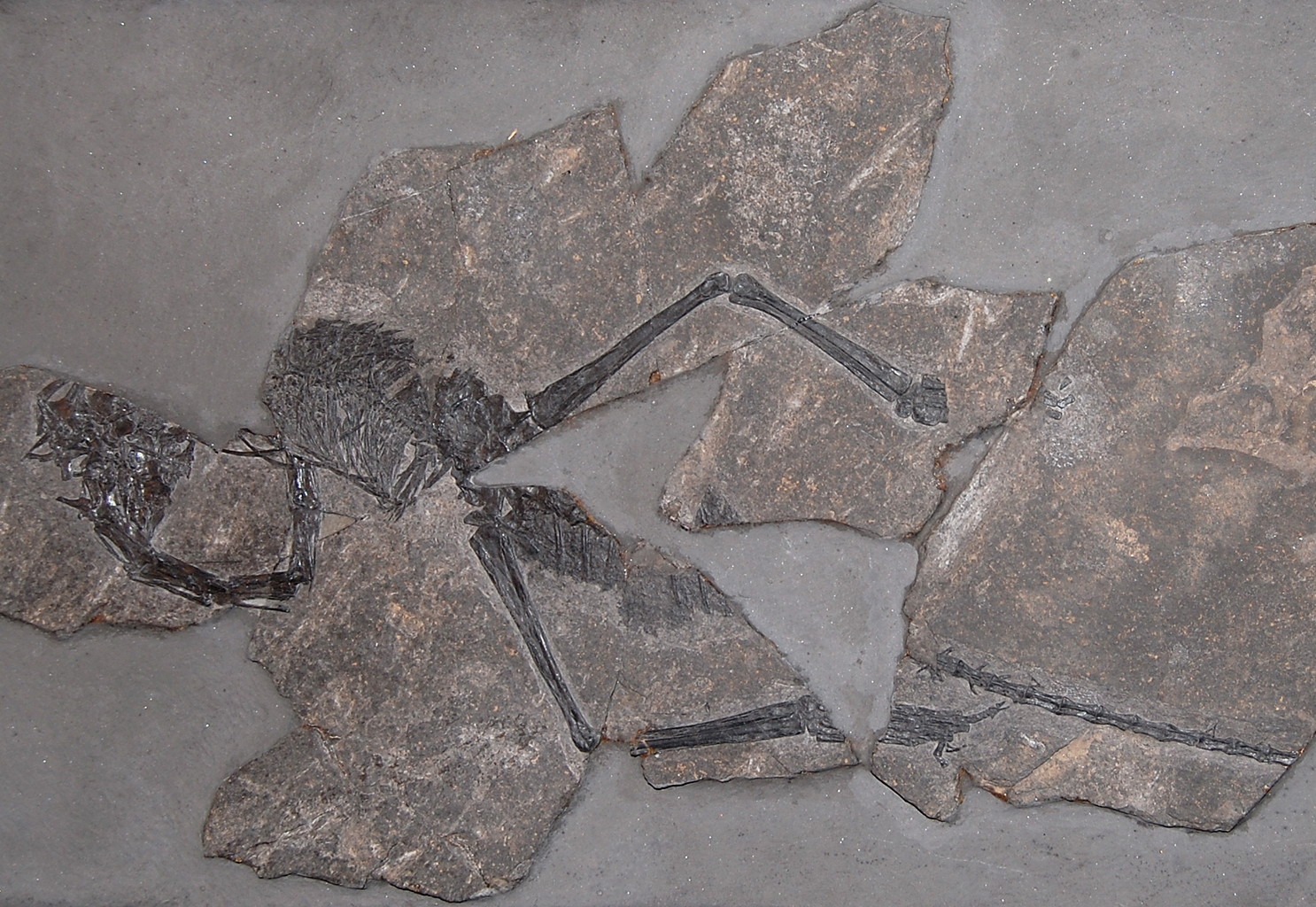|
Calcare Di Zorzino Formation
The Calcare di Zorzino, Italian for Zorzino Limestone is a Late Triassic (Norian) geological formation in Italy (Cene and ).Zorzino Limestone at .org and Tanystropheids have been recovered in this formation. Vertebrate paleofauna Other reptiles * '' Aetosaurus fe ...[...More Info...] [...Related Items...] OR: [Wikipedia] [Google] [Baidu] |
Geological Formation
A geological formation, or simply formation, is a body of rock having a consistent set of physical characteristics ( lithology) that distinguishes it from adjacent bodies of rock, and which occupies a particular position in the layers of rock exposed in a geographical region (the stratigraphic column). It is the fundamental unit of lithostratigraphy, the study of strata or rock layers. A formation must be large enough that it can be mapped at the surface or traced in the subsurface. Formations are otherwise not defined by the thickness of their rock strata, which can vary widely. They are usually, but not universally, tabular in form. They may consist of a single lithology (rock type), or of alternating beds of two or more lithologies, or even a heterogeneous mixture of lithologies, so long as this distinguishes them from adjacent bodies of rock. The concept of a geologic formation goes back to the beginnings of modern scientific geology. The term was used by Abraham Gottlob Wer ... [...More Info...] [...Related Items...] OR: [Wikipedia] [Google] [Baidu] |
Eudimorphodon BW
''Eudimorphodon'' was a pterosaur that was discovered in 1973 by Mario Pandolfi in the town of Cene, Italy and described the same year by Rocco Zambelli. The nearly complete skeleton was retrieved from shale deposited during the Late Triassic (mid to late Norian stage),Wellnhofer, P. (1991). "Summary of Triassic Pterosaurs." ''The Illustrated Encyclopedia of Pterosaurs.'' London, UK: Salamander Books Limited. p. 67. . making ''Eudimorphodon'' one of the oldest pterosaurs known.Cranfield, I. ''The Illustrated Directory of Dinosaurs and Other Prehistoric Creatures''. London: Salamander Books, Ltd. Pp. 280–281. It had a wingspan of about and at the end of its long bony tail may have been a diamond-shaped flap like in the later '' Rhamphorhynchus''. If so, the flap may have helped it steer while maneuvering in the air. ''Eudimorphodon'' is known from several skeletons, including juvenile specimens. Discovery and species ''Eudimorphodon'' currently includes one species, the type s ... [...More Info...] [...Related Items...] OR: [Wikipedia] [Google] [Baidu] |
Psephoderma
''Psephoderma'' (meaning "pebbly skin", from the Ancient Greek ''psepho'' (ψῆφος), "pebbly", and ''derma'' (δέρμα), "skin") is a genus of placodonts very similar to the related genera ''Placochelys'' and ''Cyamodus''. ''Psephoderma'' had a flattened skull and a narrow, straight rostrum, much narrower than that of its relatives. Inside this skull, embedded in the jaws, were rounded teeth specialized for crushing the shellfish it ate. Unlike henodontid placodonts, ''Psephoderma'''s carapace was divided into two pieces, one on the shoulders and back, and another on the ventral end. ''Psephoderma'' grew to long, larger than many of its relatives, and lived in the Late Triassic ( Norian - Rhaetian), about 210 million years ago. It was one of the last placodonts to live. Fossils of ''Psephoderma'' have been found in the Rhaetian deposits in the Alps and in England, hence the specific names. Description ''Psephoderma'' had a long, narrow rostrum, which was the main differ ... [...More Info...] [...Related Items...] OR: [Wikipedia] [Google] [Baidu] |
Mystriosuchus
''Mystriosuchus'' (meaning "spoon-crocodile") Retrieved on May 25th, 2008. is an genus of phytosaur that lived in the Late Triassic (middle ) in Europe. It was first named by Eberhard Fraas in 1896, and includes three [...More Info...] [...Related Items...] OR: [Wikipedia] [Google] [Baidu] |
Megalancosaurus
''Megalancosaurus'' is a genus of extinct reptile from the Late Triassic Dolomia di Forni Formation and Zorzino Limestone of northern Italy, and one of the best known drepanosaurids. The type species is ''M. preonensis''; a translation of the animal's scientific name would be "long armed reptile from the Preone Valley." Anatomy ''Megalancosaurus'' was fairly small, its adult length was only about 25 centimeters (10 inches). It was built like a chameleon and probably lived a similar arboreal lifestyle, feeding on insects and other small animals. Even its feet were chameleon like, with two toes being opposed to the remaining three. The tail is long, prehensile, and bears a strange claw-like organ made of fused vertebrae at its end. Its shoulders formed a withers that would have served as an attachment site for especially strong muscles. Some specimens have an opposable digit on the feet. Because not all members of the species appear to bear this digit, it has been speculated ... [...More Info...] [...Related Items...] OR: [Wikipedia] [Google] [Baidu] |
Langobardisaurus
''Langobardisaurus'' (, meaning Reptile of Langobardi, in reference to the Long Bearded People, an ancient Italian civilization) is an extinct genus of tanystropheid archosauromorph reptile, with one known species, ''L. pandolfii''. Its fossils have been found in Italy and Austria, and it lived during the Late Triassic period, roughly 228 to 201 million years ago. The ''Langobardisaurus'' was first discovered by Italian paleontologist Silvio Renesto in 1994 from the Calcare di Zorzino Formation in Northern Italy. Description Neck and skull The ''Langobardisaurus'' was a small reptile with a body size shorter than 50 cm. Despite its small size, the ''Langobardisaurus'' featured a long neck with elongate cervical vertebrae featuring low neural spines. Atop its long neck, the ''Langobardisaurus'' had a large yet short triangular skull that featured a small rostrum and large orbits. Its large orbits are evidence of reliance on visual perception – this suggests that the ''La ... [...More Info...] [...Related Items...] OR: [Wikipedia] [Google] [Baidu] |
Endennasaurus
''Endennasaurus'' is an extinct genus of thalattosaurian from the Upper Triassic of Italy. It was found in and named after the Endenna cave, composed of Zorzino Limestone in Lombardia. at Fossilworks
Fossilworks is a portal which provides query, download, and analysis tools to facilitate access to the Paleobiology Database
The Paleobiology Database is an online resource for information on the distribution and classification of fossil animals ... .org
Gallery References Thalattosaurs[...More Info...] [...Related Items...] OR: [Wikipedia] [Google] [Baidu] |
Drepanosaurus
''Drepanosaurus'' (; "sickle lizard") is a genus of arboreal (tree-dwelling) reptile that lived during the Triassic Period. It is a member of the Drepanosauridae, a group of diapsid reptiles known for their prehensile tails. ''Drepanosaurus'' was probably an insectivore, and lived in a coastal environment in what is now modern day Italy, as well as in a streamside environment in the midwestern United States. Description ''Drepanosaurus'' is known to have a huge claw on the "index finger" (digit II) of each hand along with the tail claw. The skull of ''Drepanosaurus'' has never been found and is still unknown; however, the skull of ''Drepanosaurus'' was likely similar to other drepanosaurs, such as ''Megalancosaurus''. ''Megalancosaurus skull was approximately the same size as its enlarged claws, and had a bird-like jaw and head shape. The forelimb of ''Drepanosaurus'' is highly modified compared to other vertebrates. Its ulna was modified into a robust, crescent-shaped site fo ... [...More Info...] [...Related Items...] OR: [Wikipedia] [Google] [Baidu] |
Bergamodactylus
''Bergamodactylus'' is a putative genus of basal pterosaur which lived during the Late Triassic (early Norian) in the area of present-day Bergamo province in Italy. Its only species is ''Bergamodactylus wildi''. It was named in 2015 based on a pterosaur specimen which had previously been regarded as a juvenile '' Eudimorphodon'' or as identical to '' Carniadactylus''. Some Triassic pterosaur specialists consider the distinguishing features of ''Bergamodactylus'' to be invalid or insufficient to distinguish it from ''Carniadactylus'', and thus retain the specimen in that genus. History In 1978, Rupert Wild described a small pterosaur specimen in the collection of the '' Museo di Paleontologia dell´Università di Milano'', found near Cene, Lombardy. He referred to it as the "Milan Exemplar" and identified it as a juvenile of '' Eudimorphodon ranzii''. Wild noted considerable differences with the latter's type specimen but these were explained as reflecting the young age of th ... [...More Info...] [...Related Items...] OR: [Wikipedia] [Google] [Baidu] |
Aetosaurus
''Aetosaurus'' is an extinct genus of pseudosuchian reptile belonging to the order Aetosauria. It is generally considered to be the most primitive aetosaur. Three species are currently recognized: ''A. ferratus'', the type species from Germany and Italy; ''A. crassicauda'' from Germany; and ''A. arcuatus'' from eastern North America. Additional specimens referred to ''Aetosaurus'' have been found in the Chinle Group of the southwestern United States, and the Fleming Fjord Formation of Greenland. Specimens of ''Aetosaurus'' occur in Norian-age strata. Description ''Aetosaurus'' was a small, primitive aetosaur. Unlike more derived aetosaurs such as ''Desmatosuchus'' or '' Typothorax'', the carapace was long and narrow and lacked spikes. The paramedian scutes that covered the back (with one row on each side of the vertebrae) are considerably wider than they are long. The lateral scutes, which are beneath the paramedians and formed a row on either side of the animal, do not bear a ... [...More Info...] [...Related Items...] OR: [Wikipedia] [Google] [Baidu] |
Tanystropheus
''Tanystropheus'' (Greek ~ 'long' + 'hinged') is an extinct archosauromorph reptile from the Middle Triassic, Middle and Late Triassic epochs. It is recognisable by its extremely elongated neck, which measured long—longer than its body and tail combined. The neck was composed of 12–13 extremely elongated vertebrae. With its very long but relatively stiff neck, ''Tanystropheus'' has been often proposed and reconstructed as an aquatic or semi-aquatic reptile, a theory supported by the fact that the creature is most commonly found in semi-aquatic fossil sites wherein known terrestrial reptile remains are scarce. Fossils have been found in Europe. Complete skeletons of small individuals are common in the Besano Formation at Monte San Giorgio in Italy and Switzerland; other fossils have been found in the Middle East and China, dating from the Middle Triassic to the early part of the Late Triassic (Anisian, Ladinian, and Carnian stages).Dal Sasso, C. and Brillante, G. (2005). ''Di ... [...More Info...] [...Related Items...] OR: [Wikipedia] [Google] [Baidu] |
Sclerostropheus
''Sclerostropheus'' is an extinct genus of tanystropheid archosauromorph from the Late Triassic of Italy Italy ( it, Italia ), officially the Italian Republic, ) or the Republic of Italy, is a country in Southern Europe. It is located in the middle of the Mediterranean Sea, and its territory largely coincides with the homonymous geographical re .... The type species is ''S. fossai.'' References {{Archosauromorpha, P. Tanystropheids ... [...More Info...] [...Related Items...] OR: [Wikipedia] [Google] [Baidu] |







